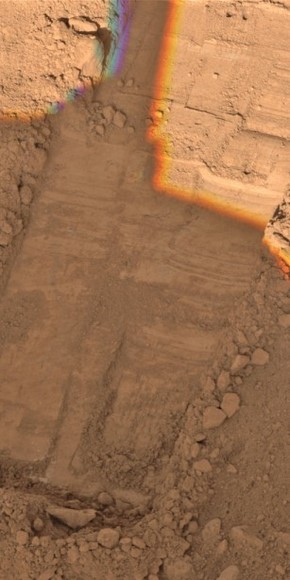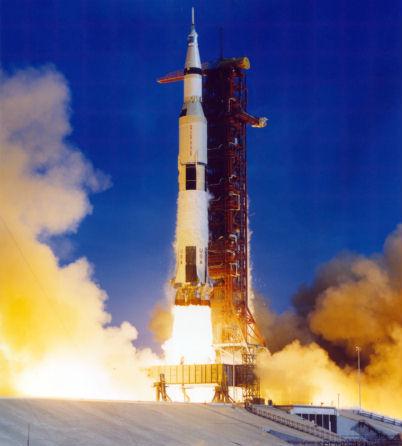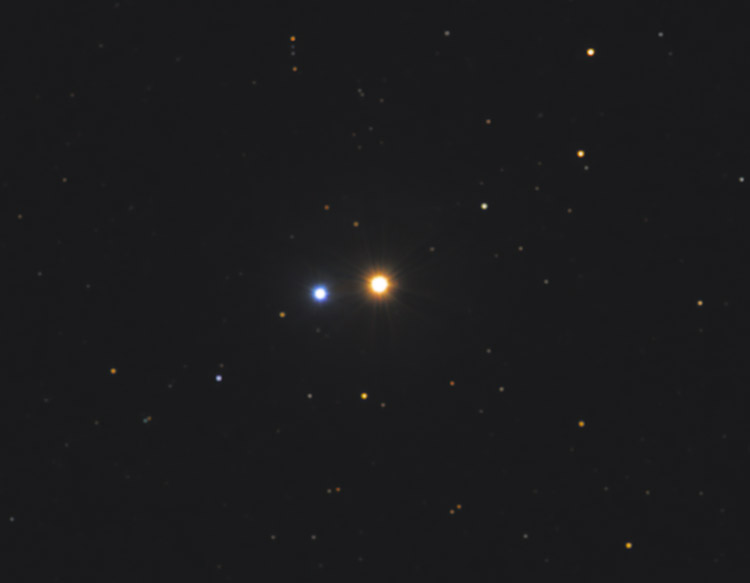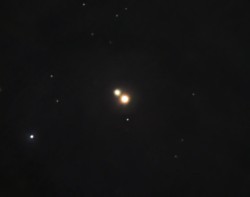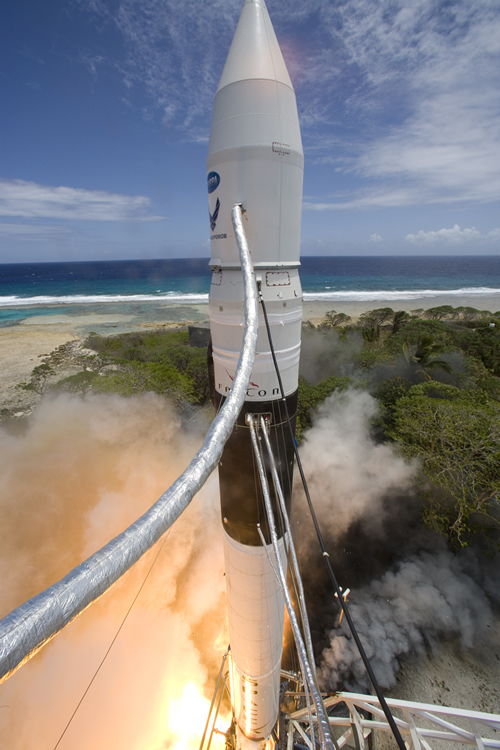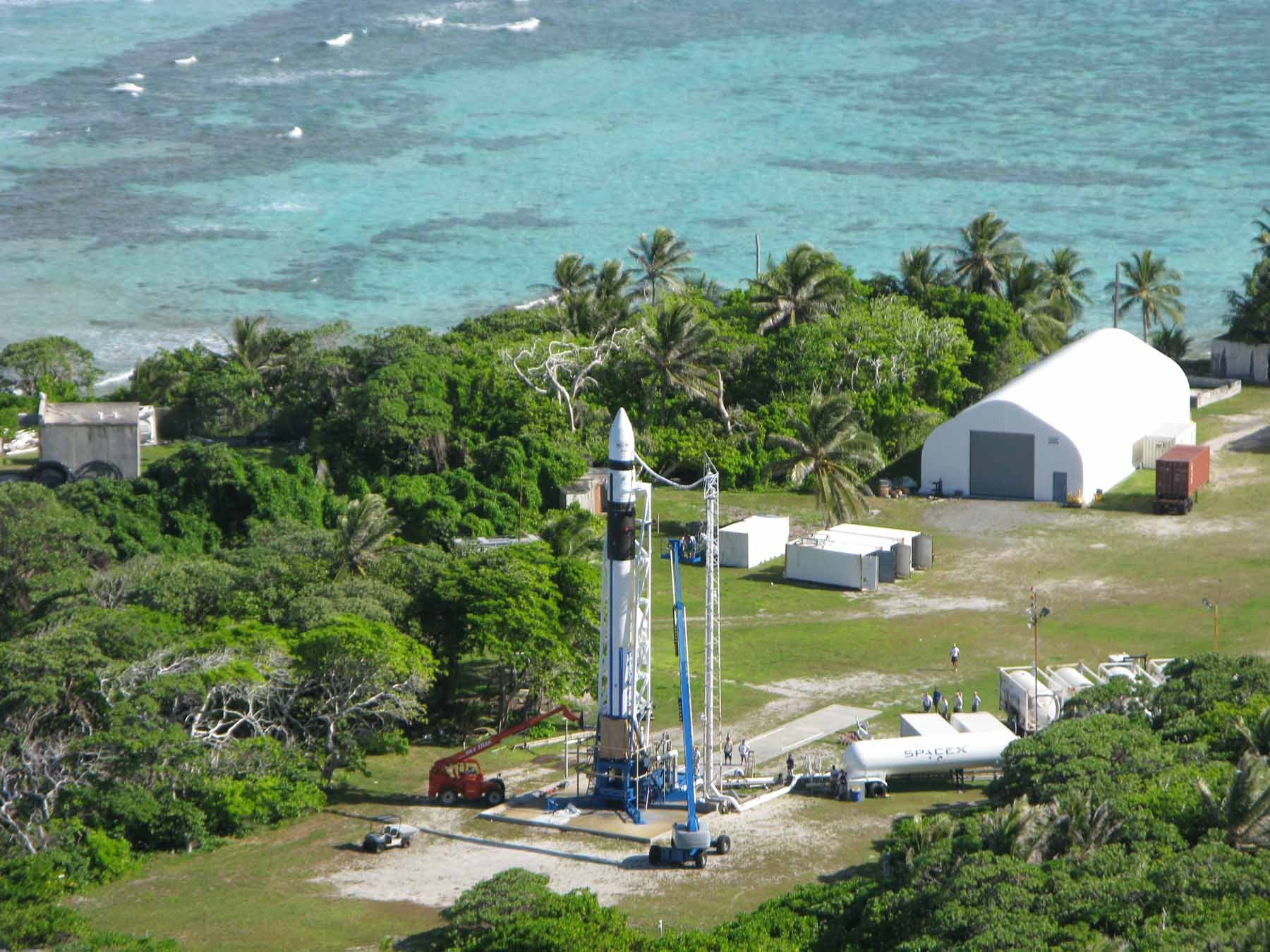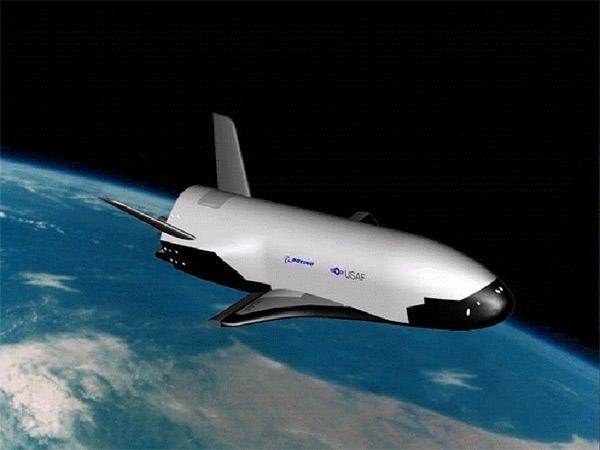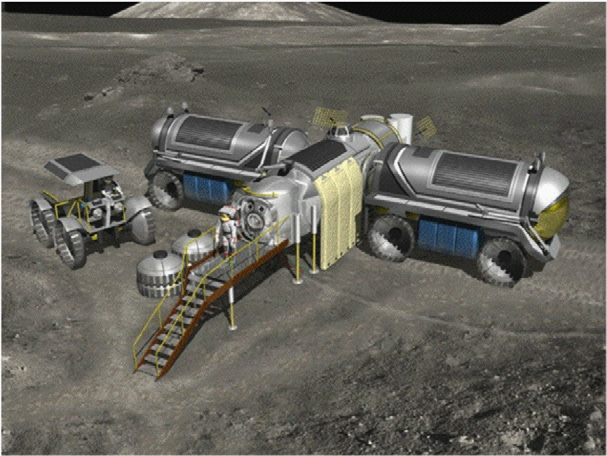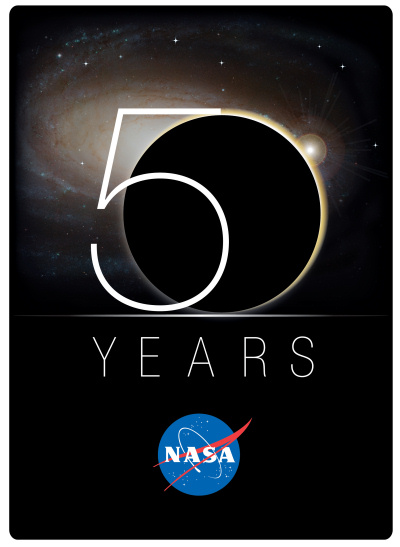[/caption]
Scientists from the Phoenix lander are analyzing conflicting results from soil samples delivered to two science instruments on the Mars lander. Two different samples analyzed by the spacecraft’s Wet Chemistry Lab both suggested one of the soil constituents may be perchlorate, a highly oxidizing substance that is considered toxic. But results from the TEGA instrument, (Thermal and Evolved-Gas Analyzer) downloaded from the lander over the weekend indicated no evidence of perchlorate. These findings may may have prompted the reports of “provocative” science results recently. Today, Phoenix officials said any reports of the spacecraft finding life were unfounded, and over the weekend, the Phoenix spacecraft itself said, via Twitter, that reports of White House briefings were not true. NASA will hold a media teleconference on Tuesday, Aug. 5, at 2 p.m. EDT, to discuss the recent science activities. A press release from the Phoenix team today said, “Confirmation of the presence of perchlorate and supporting data is important prior to scientific peer review and subsequent public announcements.”
Scientists said that while the conflicting results are unexpected, they are working hard to understand the soil chemistry and mineralogy in the Mars northern arctic region.
“This is surprising since an earlier TEGA measurement of surface materials was consistent with but not conclusive of the presence of perchlorate,” said Peter Smith, Phoenix’s principal investigator at the University of Arizona, Tucson. “We are committed to following a rigorous scientific process. While we have not completed our process on these soil samples, we have very interesting intermediate results,” said Smith, “Initial MECA analyses suggested Earth-like soil. Further analysis has revealed un-Earthlike aspects of the soil chemistry.”
The team also is working to totally exonerate any possibility of the perchlorate readings being influenced by terrestrial sources which may have migrated from the spacecraft, either into samples or into the instrumentation. One type of perchlorate, ammonium perchlorate, is sometimes used as an oxidizer in rocket fuel.
“When surprising results are found, we want to review and assure our extensive pre-launch contamination control processes covered this potential,” said Barry Goldstein, Phoenix project manager at NASA’s Jet Propulsion Laboratory.
An article on AviationWeek.com reported August 1 that the US president had been briefed on findings from Phoenix, and NASA would be ready to reveal the findings in mid-August. An article on Universe Today was based on that report. Today, Aviation Week & Space Technology stands by its report, saying that “the new information involves the “potential for life” on Mars. That potential can either be positive or negative, and the new data indicate the new soil tests are at best inconclusive, according to the information being released on the soil chemistry experiment.”
Phoenix’s Wet Chemistry Lab is part of the Microscopy, Electrochemistry, and Conductivity Analyzer, or MECA instrument which studies soluble chemicals in the soil by mixing a soil sample with a water-based solution with several reagents brought from Earth. The inner surface of each cell’s beaker has 26 sensors that give information about the acidity or alkalinity and concentrations of elements such as chloride or perchlorate. The beaker also can detect concentrations of magnesium, calcium and potassium, which form salts that are soluble in water.
The TEGA instrument has tiny ovens that heat soil samples, and analyzers that “sniff” vapors released from substances in a sample.
Original News Source: Phoenix News

